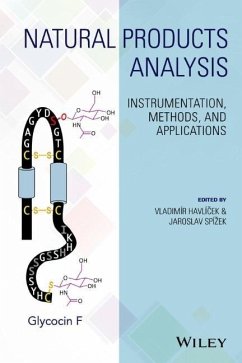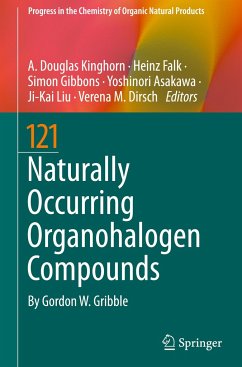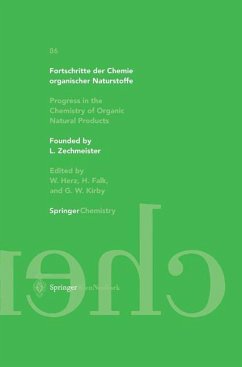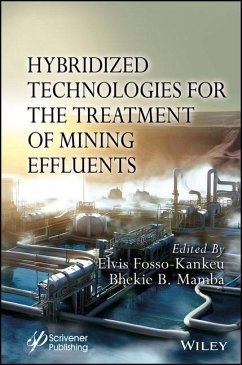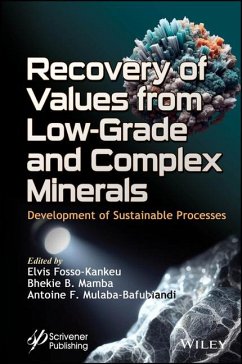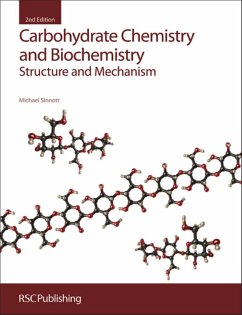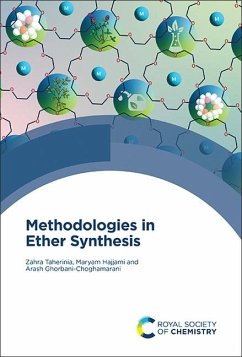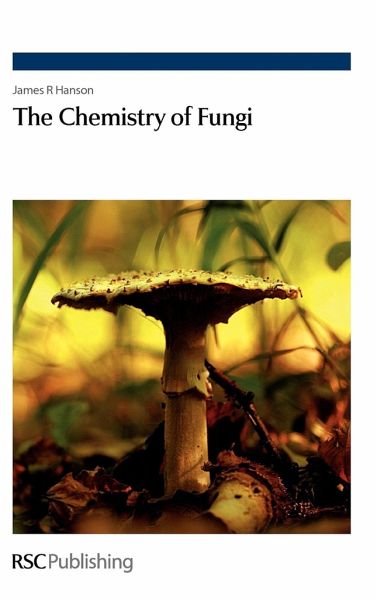
Chemistry of Fungi

PAYBACK Punkte
38 °P sammeln!
Fungi occupy an important place in the natural world. As non-photosynthetic organisms, they obtain their nutrients from the degradation of organic material. They use many of their secondary metabolites to secure a place in a competitive natural environment and to protect themselves from predation. The structural diversity of fungal metabolites, the unifying role of biosynthetic studies in rationalising these and the growing ecological understanding of the role of fungal metabolites has attracted the interest of chemists for many years. In addition, a number of aspects of modern biotechnology a...
Fungi occupy an important place in the natural world. As non-photosynthetic organisms, they obtain their nutrients from the degradation of organic material. They use many of their secondary metabolites to secure a place in a competitive natural environment and to protect themselves from predation. The structural diversity of fungal metabolites, the unifying role of biosynthetic studies in rationalising these and the growing ecological understanding of the role of fungal metabolites has attracted the interest of chemists for many years. In addition, a number of aspects of modern biotechnology are now associated with fungi and their metabolites and the production of pharmaceuticals creating a whole new sphere of interest in this area. The aim of this book is the introduce chemists to the range of structures of fungal metabolites. The book describes the progress in the elucidation of the structures of fungal metabolites from chemical degradation to spectroscopic analysis and to show how these diverse structures may be rationalised in biosynthesic terms. There are separate chapters on laboratory methods for cultivating fungi, the role of fungal metabolites as phytotoxins and mycotoxins and the use of fungi in biotransformations. The Chemistry of Fungi will be particularly useful to anybody about to embark on a career in chemical microbiology by providing an overall perspective of fungal metabolites as well as an essential reference tool for more general chemists.





